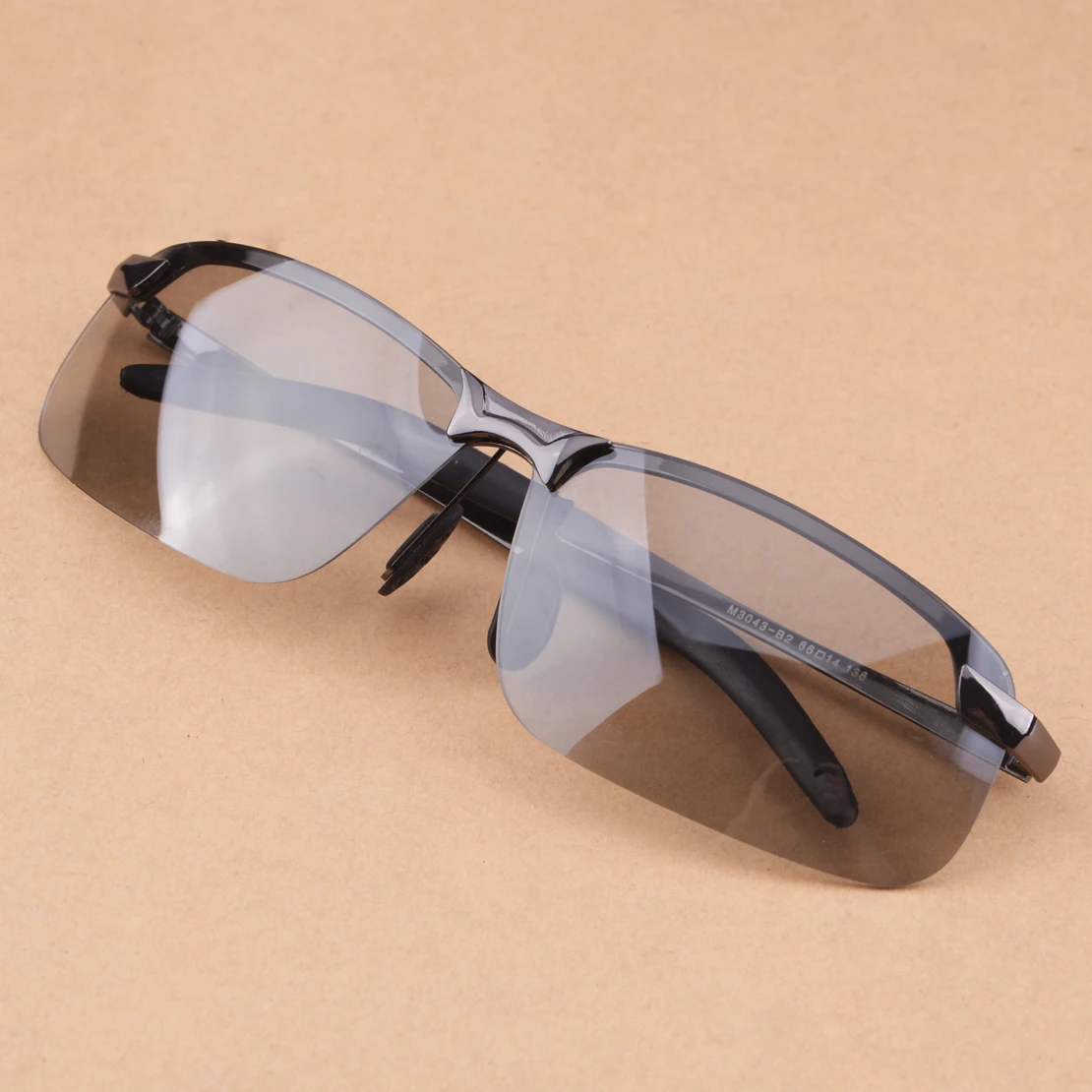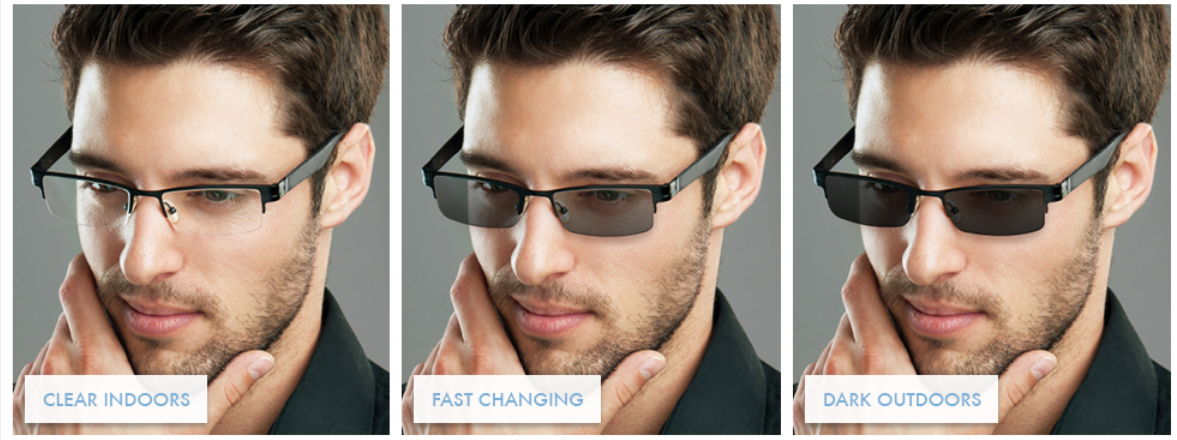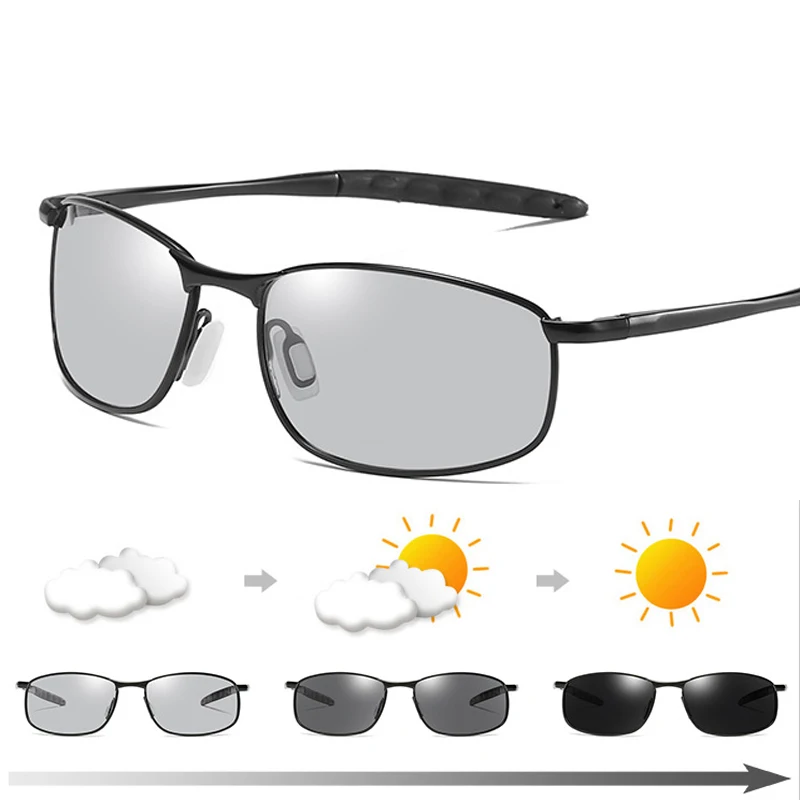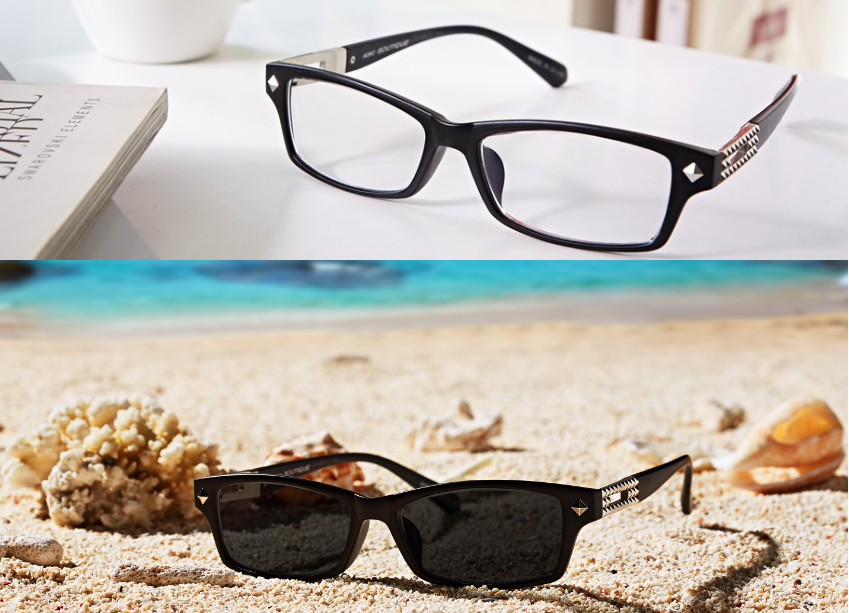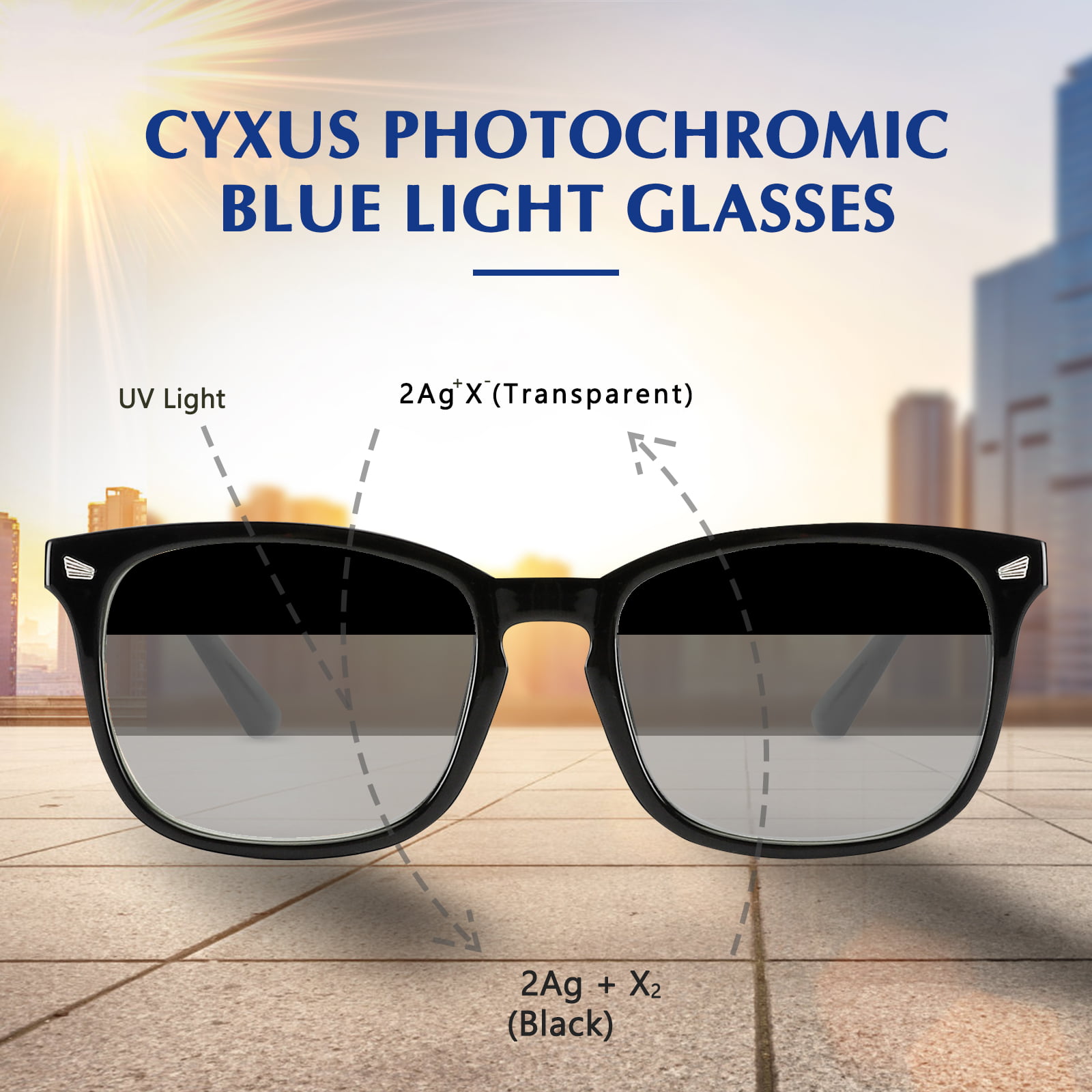Photochromic Lenses. Simply put, photochromic lenses are lenses that automatically darken or lighten according to the amount of UV light they're exposed to. For example, bifocal versions help people who have a hard time seeing both far away and up close.

Exceptional performance from an independent company. Performance in Ultra Violet Confined Areas - A specifically bothersome disadvantage to utilizing photochromic lenses for a few customer is the fact that the lenses will not grow dim if the user is in an area where close by windows have ultra violet ray deflection. Photochromic lenses work by using two main molecules: silver halide and chloride.
The new photochromic dye formulation used in IOT Neochromes ® lenses allows them to be crystal clear indoors, darken in seconds², and return to. A photochromic sun lens is a light sensitive lens which reacts to UV exposure and visible light to adapt its transparency according to the ambient light. Those molecules, which number in the trillions in a photochromic lens, change back to their original structure without the.
This means that it will take somewhat longer for the lenses to adapt from dark to clear. Lenses that darken in the sunlight are called photochromic lenses. But when the weather is changing or when we're constantly alternating from indoor to outdoor activities, this precaution can soon become problematic.
This allows a range of combinations that suit different wearer needs and can be tailored for almost all Hoya lens designs such as freeform, single vision and progressive lenses.
In the absence of activating light, the lenses return to their clear state.
They turn clear at approximately five minutes or sometimes less once indoors. A photochromic sun lens is a light sensitive lens which reacts to UV exposure and visible light to adapt its transparency according to the ambient light. Glass Photochromic Lenses Versus (Vs) Plastic Photochromic Lenses.
Those molecules, which number in the trillions in a photochromic lens, change back to their original structure without the. From blue light in screens and devices, to the sun's UV-A and UV-B rays. A photochromic lens is an optical lens that darkens on exposure to light of sufficiently high frequency, most commonly ultraviolet (UV) radiation.
This concern usually encountered in a car with tint intended to deflect ultra violet rays. Those molecules, which number in the trillions in a photochromic lens, change back to their original structure without the. These darkness levels may change depending on weather or temperature.
According to Wikipedia: "A photochromic lens is an optical lens that darkens on exposure to light of sufficient high frequency, most common ultraviolet radiation. Protecting your eyes from UV or the glare of the sun is essential. Often referred to as transitions or reactolights, photochromic lenses are made of many lens materials including plastic, glass or polycarbonate.
Performance in Ultra Violet Confined Areas - A specifically bothersome disadvantage to utilizing photochromic lenses for a few customer is the fact that the lenses will not grow dim if the user is in an area where close by windows have ultra violet ray deflection. Photochromic lenses may be made of glass, polycarbonate, or another plastic. ZEISS is taking photochromic lenses to a whole new level.
Protecting your eyes from UV or the glare of the sun is essential.
From blue light in screens and devices, to the sun's UV-A and UV-B rays.
According to Wikipedia: "A photochromic lens is an optical lens that darkens on exposure to light of sufficient high frequency, most common ultraviolet radiation. When the lenses become cold the molecules begin to move slowly. Simply put, photochromic lenses are lenses that automatically darken or lighten according to the amount of UV light they're exposed to.
They are typically used as sunglasses that. Glass Photochromic Lenses Versus (Vs) Plastic Photochromic Lenses. A photochromic lens is an optical lens that darkens on exposure to light of sufficiently high frequency, most commonly ultraviolet (UV) radiation.
In the absence of activating light, the lenses return to their clear state. Those molecules, which number in the trillions in a photochromic lens, change back to their original structure without the. Other terms sometimes used for photochromic lenses include "light-adaptive lenses," "light intelligent" and "variable tint lenses." The most popular brand of photochromic eyeglass lenses sold in the United States.
According to Wikipedia: "A photochromic lens is an optical lens that darkens on exposure to light of sufficient high frequency, most common ultraviolet radiation. Photochromic lenses work by using two main molecules: silver halide and chloride. When the lenses become warm the molecules.
This is exactly what sunglasses with photochromic lenses do: They become dark in the presence of UV rays, allowing you to move from indoor to outdoor lighting conditions smoothly, even on overcast days when the sun's ultraviolet radiation pushes. The new photochromic dye formulation used in IOT Neochromes ® lenses allows them to be crystal clear indoors, darken in seconds², and return to. In the absence of activating light, the lenses return to their clear state.
Often referred to as transitions or reactolights, photochromic lenses are made of many lens materials including plastic, glass or polycarbonate. The molecules in photochromic technology work by reacting to UV light. A photochromic lens is an optical lens that darkens on exposure to light of sufficiently high frequency, most commonly ultraviolet (UV) radiation.
Performance in Ultra Violet Confined Areas - A specifically bothersome disadvantage to utilizing photochromic lenses for a few customer is the fact that the lenses will not grow dim if the user is in an area where close by windows have ultra violet ray deflection. If that still isn't ringing a bell - you may know them as transition lenses, because Transitions Optical is the most popular brand of photochromic lenses sold in America. When the lenses become cold the molecules begin to move slowly.
Glass Photochromic Lenses Versus (Vs) Plastic Photochromic Lenses.
They turn clear at approximately five minutes or sometimes less once indoors.
Other terms sometimes used for photochromic lenses include "light-adaptive lenses," "light intelligent" and "variable tint lenses." The most popular brand of photochromic eyeglass lenses sold in the United States. And with the growing awareness of our eyes' response to different kinds of light, this technology is becoming increasingly popular. They are typically used as sunglasses that.
After moving indoors, the lenses become clear again within a few minutes. However, temperature can have an effect on the reaction time of the molecules. A photochromic sun lens is a light sensitive lens which reacts to UV exposure and visible light to adapt its transparency according to the ambient light.
After moving indoors, the lenses become clear again within a few minutes. ZEISS is taking photochromic lenses to a whole new level. The molecules in photochromic technology work by reacting to UV light.
The new photochromic dye formulation used in IOT Neochromes ® lenses allows them to be crystal clear indoors, darken in seconds², and return to. Often referred to as transitions or reactolights, photochromic lenses are made of many lens materials including plastic, glass or polycarbonate. ZEISS is taking photochromic lenses to a whole new level.

